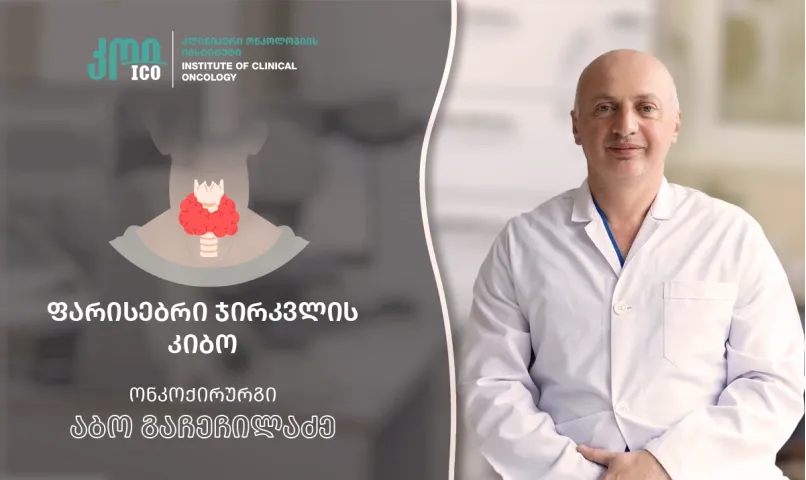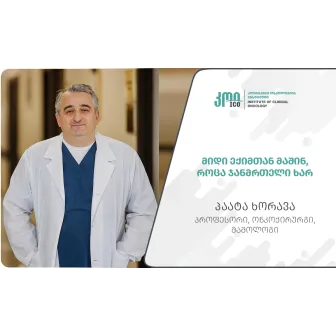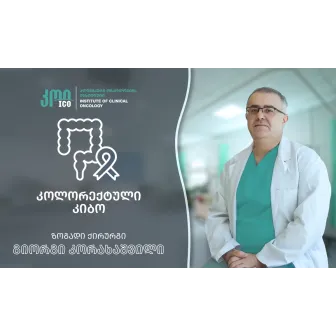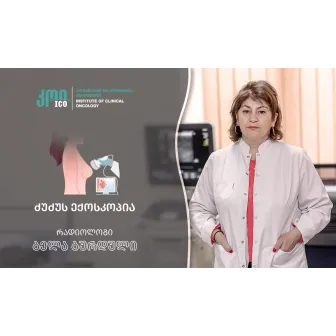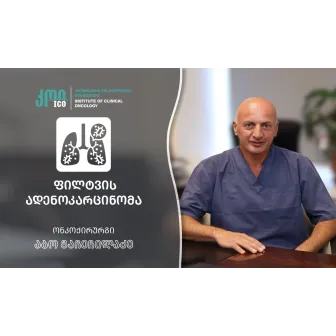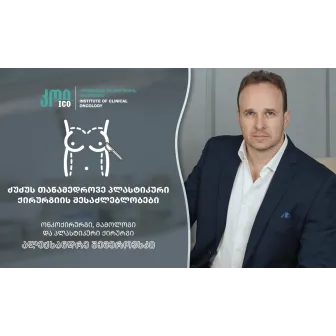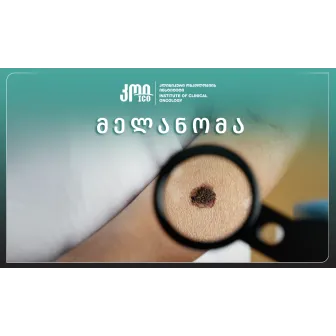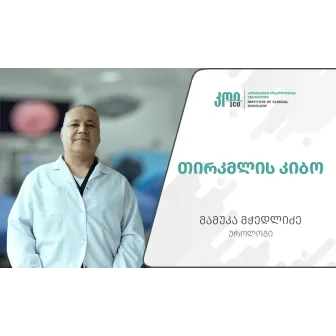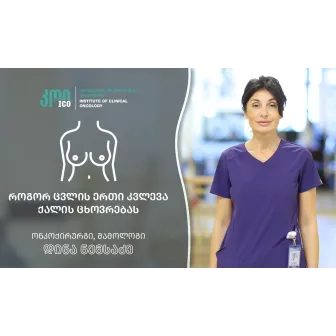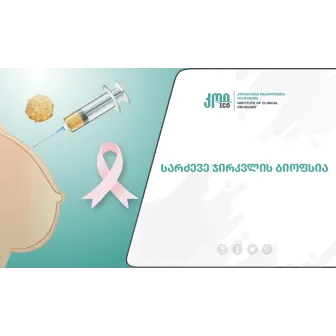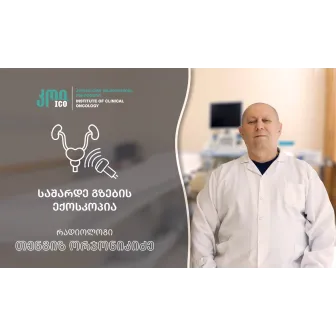Malignant thyroid tumors were previously considered a relatively rare disease; however, in recent years, the number of cases has increased both worldwide and in Georgia.
Thyroid cancer prevalence statistics worldwide
- It ranks 13th among malignant tumors in the general population.
- In women - 6th place.
- The highest incidence was recorded in South Korea, Canada, Italy, the US, and France.
- In 2003, approximately 44,000 new cases were recorded in the US, accounting for 2.3% of all cancers in the country.
- The peak of disease occurrence in women is 50-55 years, and 60-65 years in men.
Thyroid cancer prevalence statistics in Georgia
- According to the data of the National Center for Disease Control, thyroid cancer cases in women have been on the rise since 2015. Thyroid cancer is the second most common malignant tumor.
- In 2021, 708 new cases of thyroid cancer were recorded in women, which accounts for 12.8% of malignant tumors in this gender group. It is encouraging that since 2017, the 5-year survival rate of registered cases of thyroid cancer has reached 97.8%, which once again confirms the effectiveness of modern treatment methods and timely diagnosis.
Types of thyroid cancer
There are several main types of malignant thyroid cancer:
- Papillary carcinoma (PTC) - about 90% of cases
- Follicular carcinoma (FTC) - 2%
- Hurthli cell carcinoma - 2%
- Medullary carcinoma (MTC) - a neuroendocrine tumor that develops from calcitonin-producing C (parafollicular) cells.
- Anaplastic carcinoma - one of the most aggressive and rare forms.
Thyroid cancer risk factors:
Modifiable:
- Exposure to ionizing radiation
- Obesity (body mas index higher than 30)
- Reproductive and hormonal factors
- Alchohol consumption
- Tobacco consumption
- Pesticide exposure
- Excess zinc and cadmium intake
Non-modifiable (hereditary) factors:
- Genetic mutation that causes non-medullary thyroid cancer (FOXE1) (protein-coding gene involved in transcription) gene mutations.
- Multiple endocrine neoplasia type 2 (MEN2) - develops as a result of mutations in the RET gene.
Clinical symptoms
- Swoolen growth on the front side of the neck
- Voice changes, hoarseness
- Difficulty swallowing
- Pain in the neck or throat
Thyroid cancer screening
- Palpation of the thyroid gland during physical examination
- Ultrasound examination
A combination of these methods enables early detection of thyroid cancer and the initiation of timely treatment.
Diagnostics
- Physical examination
- Thyroid function tests
- Thyroid ultrasound examination
- Fine needle aspiration biopsy
- Radioactive iodine scan
- Other imaging examinations for the assessment of tumor infiltration - MRI and CT
- Genetic testing
Treatment modalities
- Surgical intervention
- Hormone therapy
- Radioactive iodine treatment
- Injection of alchohol into a tumor (ethanol ablation)
- Immunotherapy
- Chemotherapy
- Radiation therapy
Survival rates
- Follicular carcinoma – 5-year survival rate - 98%
- Papillary carcinoma - 99,5%
- Medullary carcinoma - 91%
- Anaplastic carcinoma - only 8%
Prevention
- Minimization of radiation exposure
- Body mass index control
- In the presence of familial genetic risk:
-
- Genetic testing
- Regular palpatory examination
- Thyroid ultrasound examination
- Views:25187




